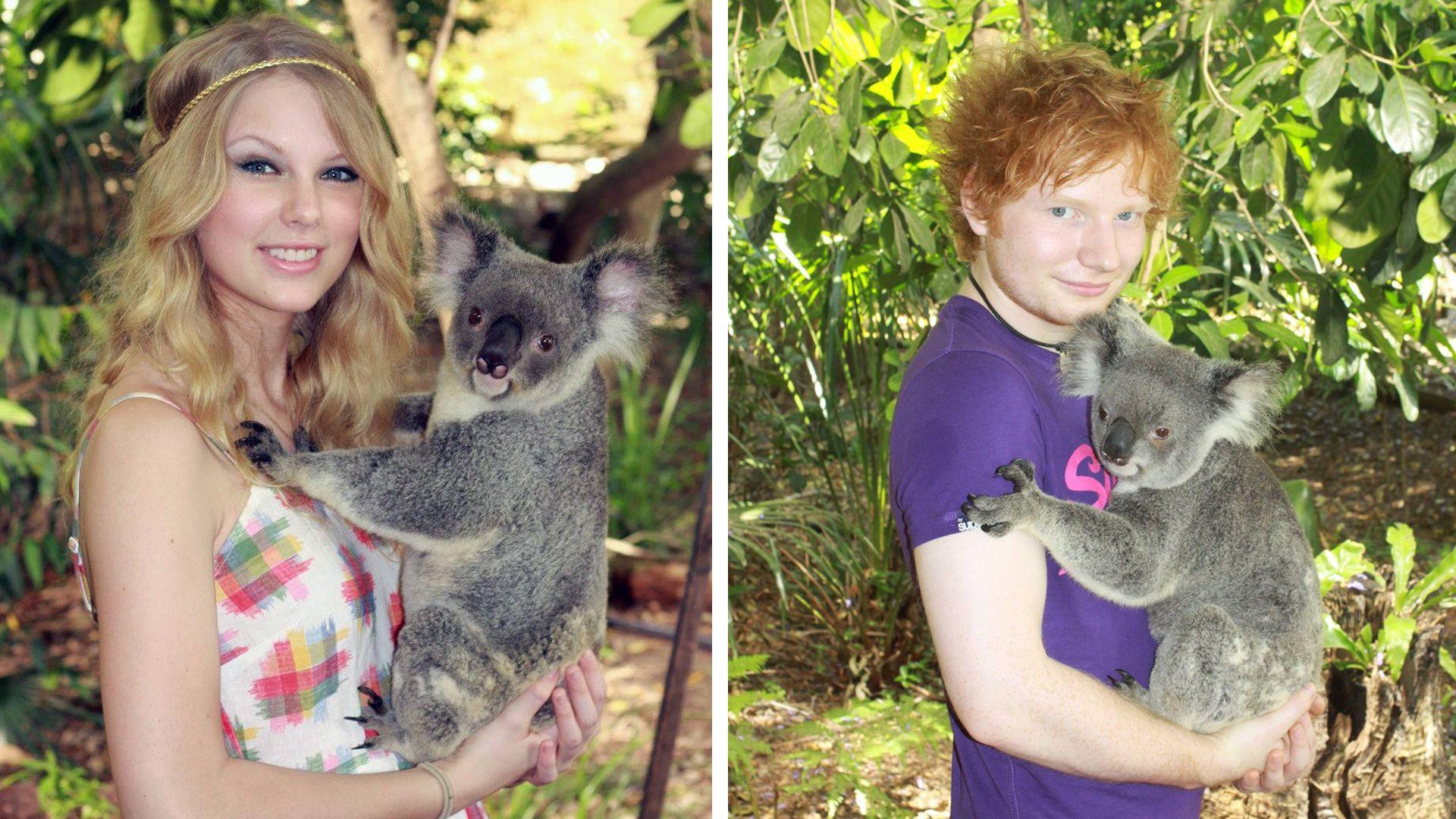Fossils show mammals among dinosaurs lived longer and grew more slowly
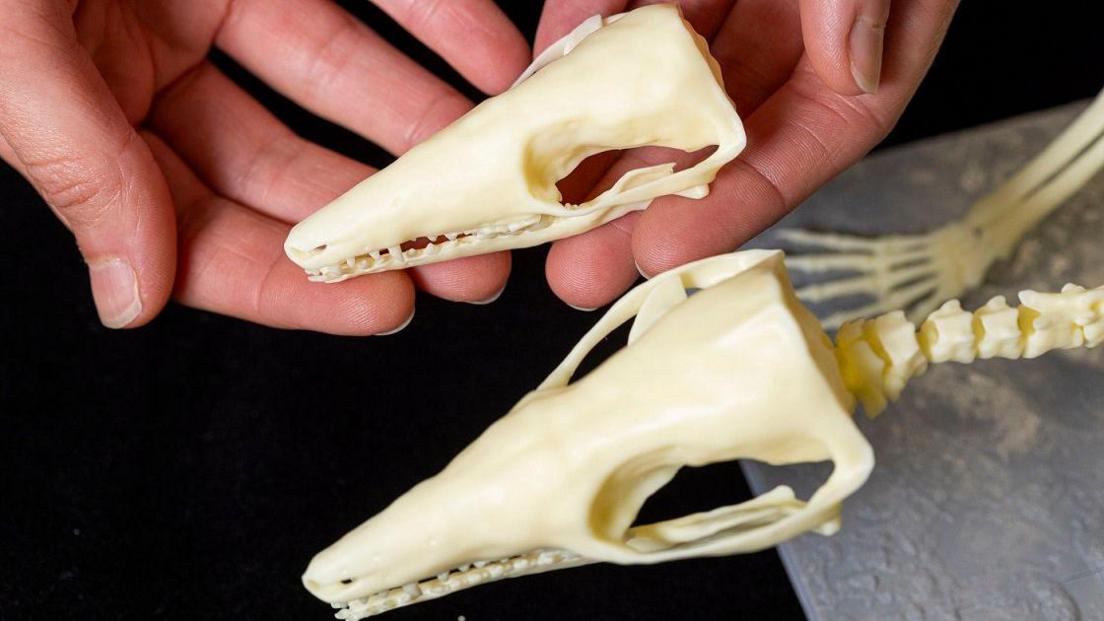
The fossils belong to a species called Krusatodon kirtlingtonensis
- Published
Two rare fossils found on Scotland's Isle of Skye suggest mammals that lived alongside dinosaurs grew more slowly and lived longer than they do today, new research has revealed.
A team, led by researchers at National Museums Scotland, studied the fossils of both an adult and young mouse-sized mammal known as Krusatodon kirtlingtonensis.
The mammals lived about 166 million years ago.
More like this
Was T.rex MUCH bigger than anyone knew?
- Published25 July 2024
Schoolgirl discovers fossil of huge prehistoric sea reptile
- Published18 April 2024
Would you visit a poo museum?
- Published3 June 2024
The researchers used X-ray imaging of the fossils to count growth rings on the animals' teeth, similar to how tree rings are counted to calculate a tree's age.
They found the adult was about seven years old and the younger mammal was between one and two years old, and still in the process of replacing its baby teeth.
"These fossils are among the most complete mammals from this time period in the world.
"They give us unprecedented insights into the lives of the first mammals in the time of dinosaurs," said Dr Elsa Panciroli from National Museums Scotland.
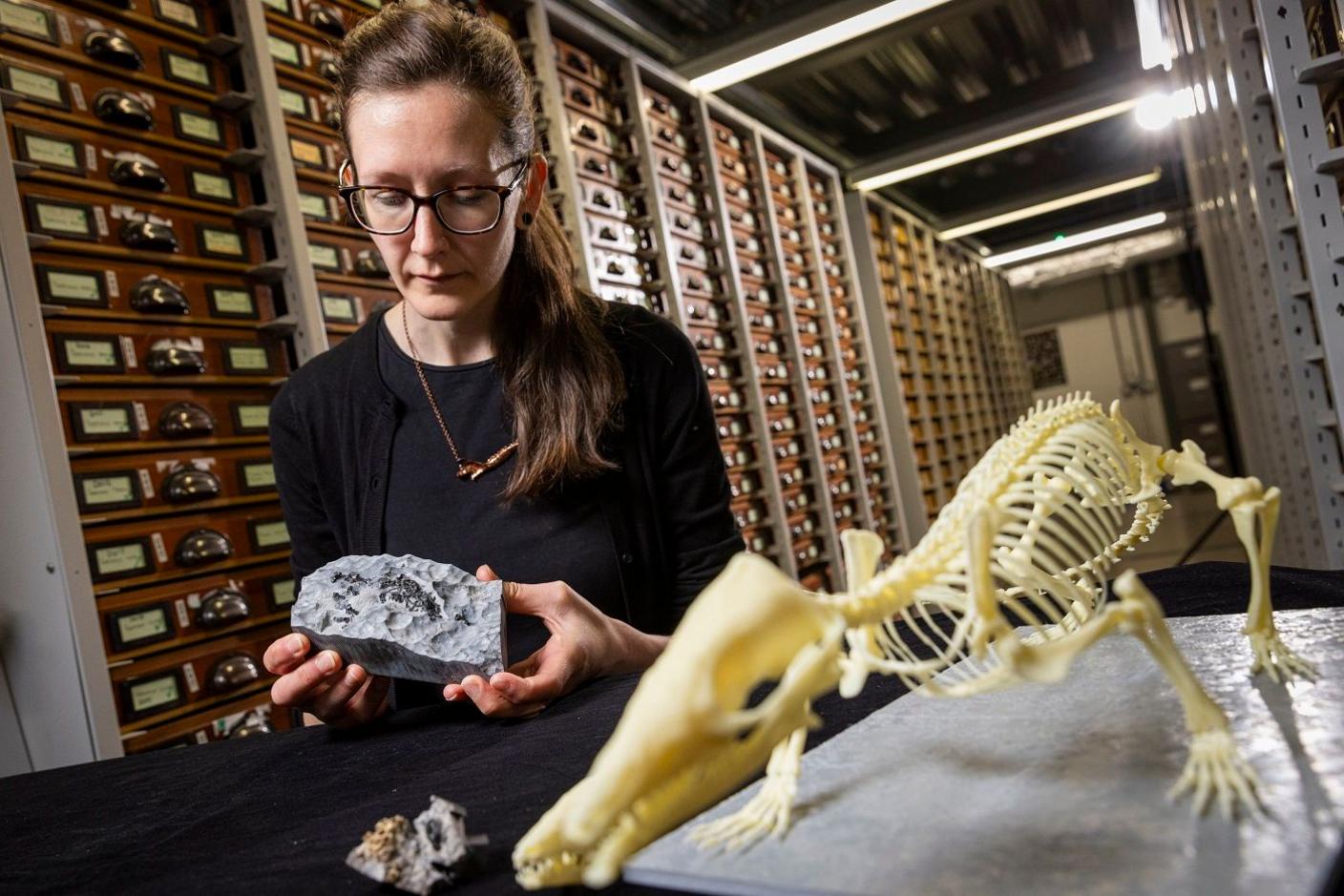
A team led by researchers at National Museums Scotland studied the fossils of an adult and young Krusatodon kirtlingtonensis
“The juvenile was weaning – replacing its teeth – and yet it was as much as two years of age. This is unusual and tells us a lot about how mammals' evolution took place," she told BBC News.
In comparison, today's small mammals have much shorter lifespans, with some living as little as 12 months.
They mature quickly, losing their baby teeth and switching from their mother's milk to other foods within just a few months of birth.
This findings show that a big shift in the growth patterns and life expectancy of mammals must have taken place during or after the middle Jurassic period, which was roughly 174 to 161 million years ago.
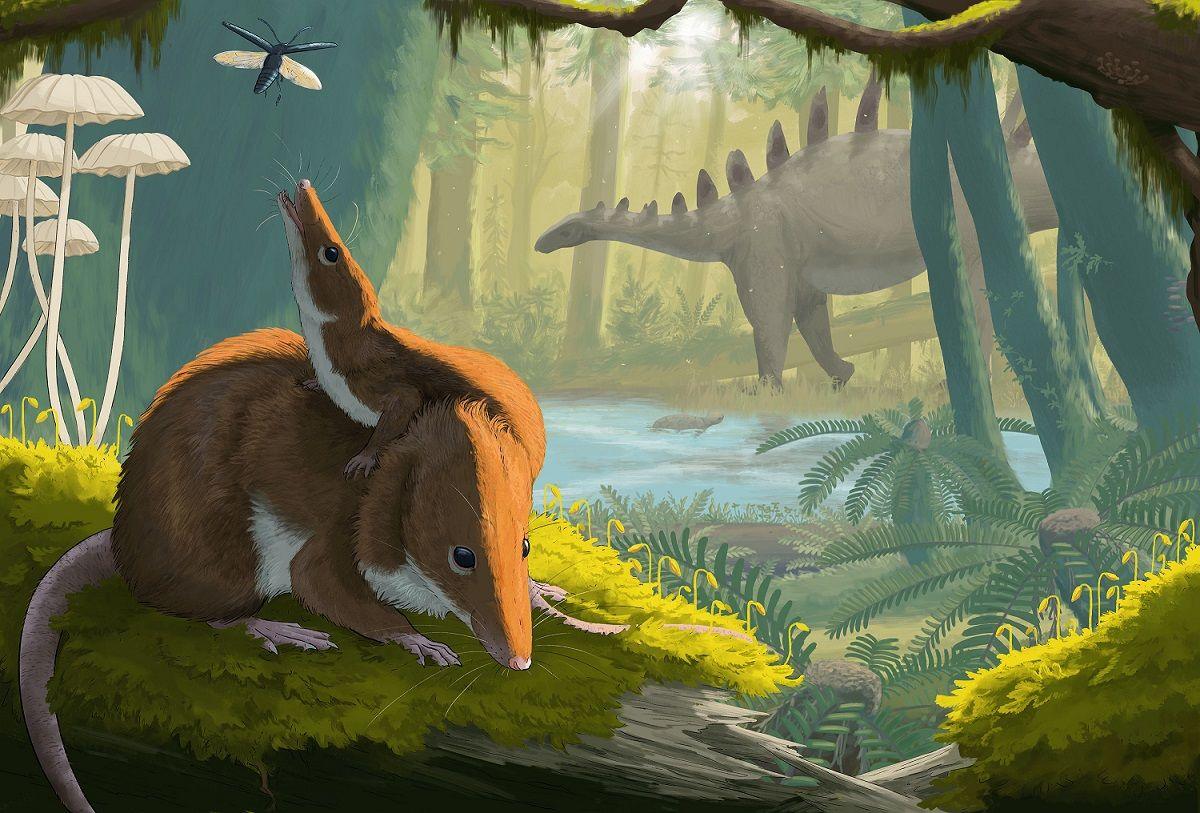
The mouse-like mammals are believed to have lived among the dinosaurs
"Although on the outside Krusatodon looked like a shrew or mouse, on the inside it was quite different; it grew more slowly and lived much longer than small mammals do today," said Dr Elsa Panciroli.
The young Krusatodon, which was found in 2016, is the only mammal skeleton of its kind known to science while the adult, which was found in the 1970s, is one of the most intact mammal skeletons from this time period anywhere in the world.
"Mammal fossils of this age are exceptionally rare worldwide, and most are just single teeth," said Dr Stig Walsh from National Museums Scotland, who co-authored on the new study.
"To find two such rare fossil skeletons of the same species at different growth stages has rewritten our understanding of the lives of the very earliest mammals."
The latest animal stories
- Published24 July 2024
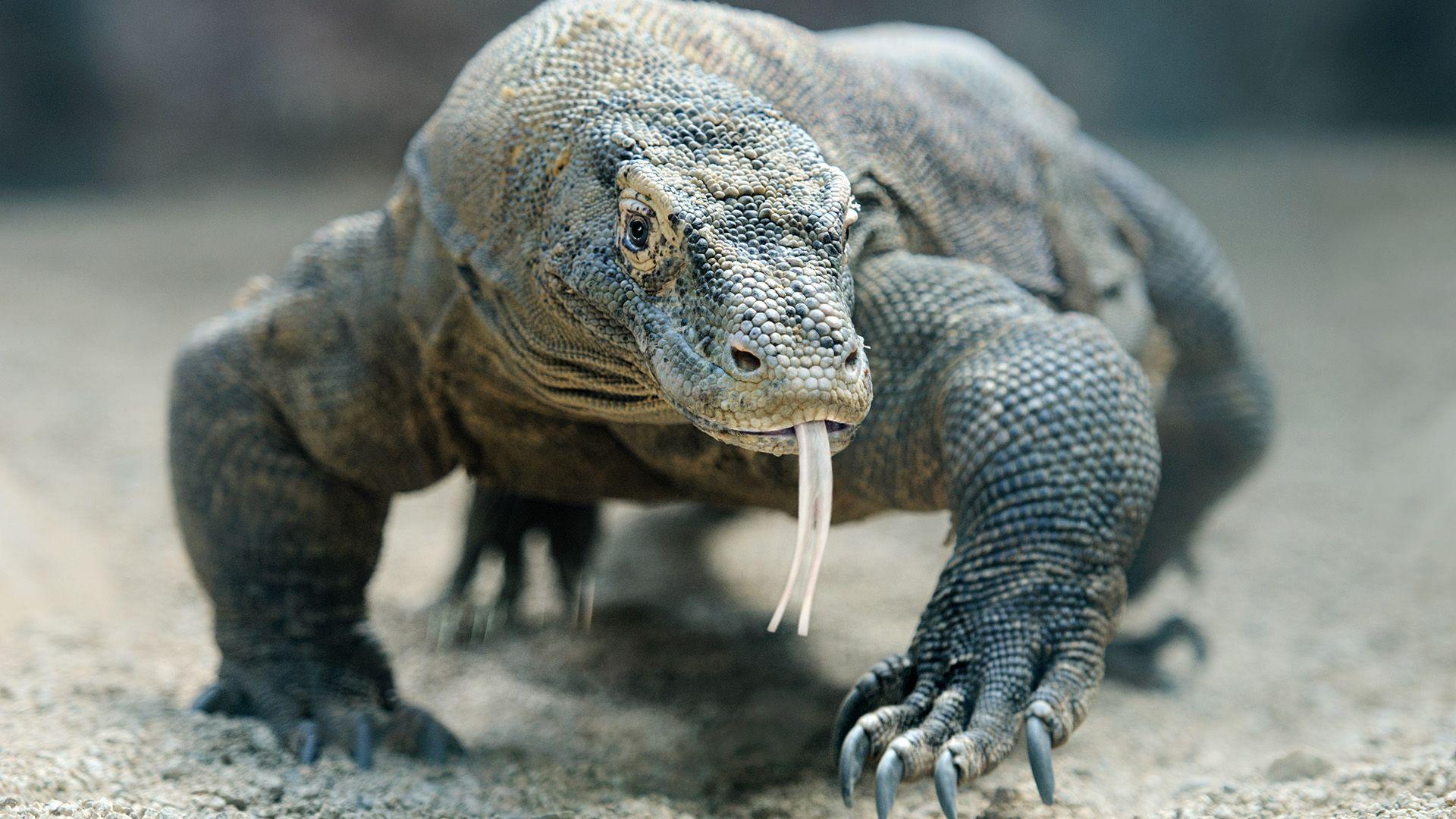
- Published23 July 2024

- Published7 July 2024
